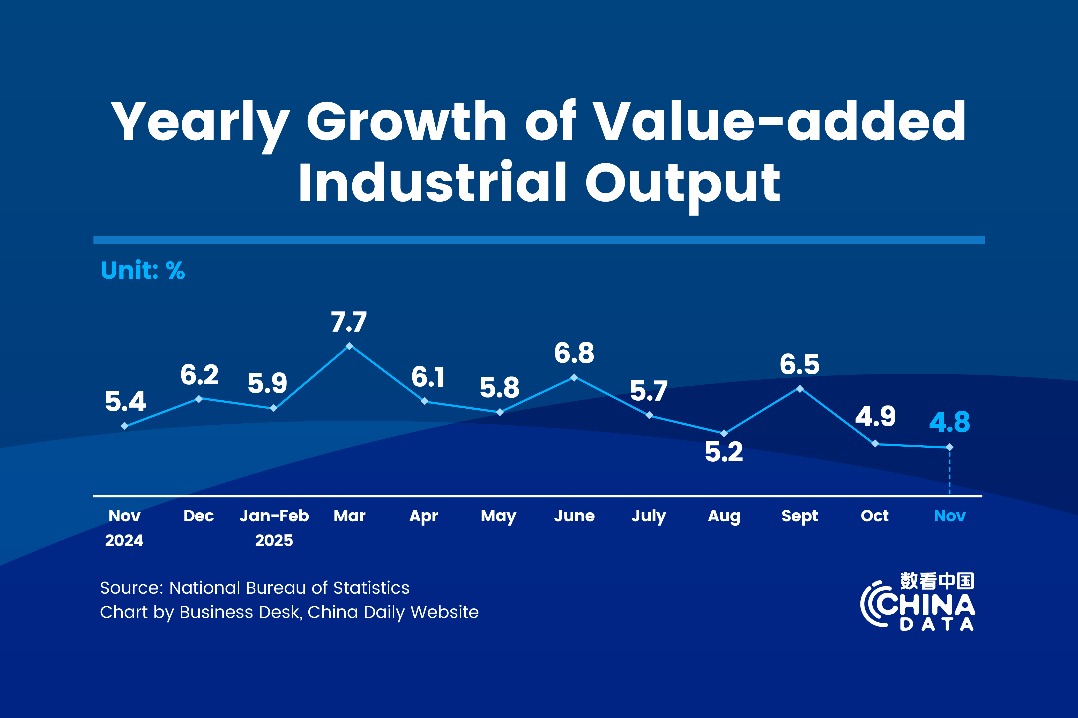Lending adjustments to deal with COVID-19 aftermath


This measure has helped to eliminate banking institutions' concerns over potential risks and accountability, said Guo Xinming, head of the PBOC's Nanjing branch. And the loans have been secured by the local government's financing guarantee system, as well as export credit insurance.
In Suzhou, Jiangsu province, the local government built the nation's first digital credit information pilot site, which has supported the issuance of 100 billion yuan in loans for small and micro firms, Guo said.
In a province in which manufacturing contributed to more than 30 percent of its GDP, the central bank's local branch promoted bank lending to manufacturing companies, and medium to long-term lending increased by 26.1 percent year-on-year by July, which was 10.6 percentage points higher than the level in the same period last year, the official said.
"We strengthened financing support of the development of the internet of things in Wuxi (Jiangsu) and the biomedical industry in Taizhou (Zhejiang province), as well as Jiangsu's traditional industries such as petrochemicals, metallurgy, textiles and building materials, so as to meet the financing needs of enterprises," Guo said.
In order to boost credit growth and spur economic development, monetary authorities have injected more liquidity into the financial sector and adopted a more flexible monetary policy. The central bank also innovated monetary policy tools to extend bank loan repayments and purchased qualified credit loans in order to prevent tighter refinancing conditions and make credit provisions to the real economy much easier.
The nation's tax authorities, meanwhile, exempted value-added taxes on the interest income of small and micro loans.
"Loans typically increase faster in the first half for Chinese banks," said Grace Wu, a senior director with Fitch (Hong Kong). "But banks' top-line growth is challenged by compression of their net interest margins.
"While most banks are nearing completion of their transition to using the loan prime rate as their benchmark, broader government directives to reduce borrowing costs will continue to suppress asset yields for banks. The fierce deposit competition will, however, push up funding costs," Wu said.
Moody's Analytics, a financial intelligence company, expects China's aggregate financing (including the bank lending) will maintain the current growth pace to stimulate the economy, with no further cuts of the loan prime rate or reserve requirement ratio made by the central bank. The company projected China's GDP to grow by 3.3 percent year-on-year in 2020, with growth accelerating to 9.4 percent next year.
In August, Chinese banks extended more new loans denominated by yuan than in July, indicating that continued policy support will keep the economy on an even keel and help it recover from COVID-19.
Banks extended 1.28 trillion yuan in new yuan loans in August, up from 992.7 billion yuan in July, said the PBOC.
Aggregate financing, the total financing amount going to the real economy including government bonds, reached 276.74 trillion yuan by the end of last month, up 13.3 percent on a yearly basis.




































